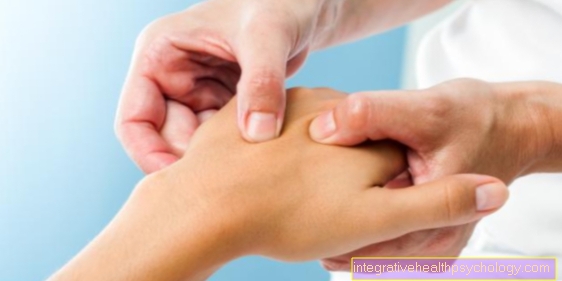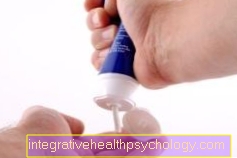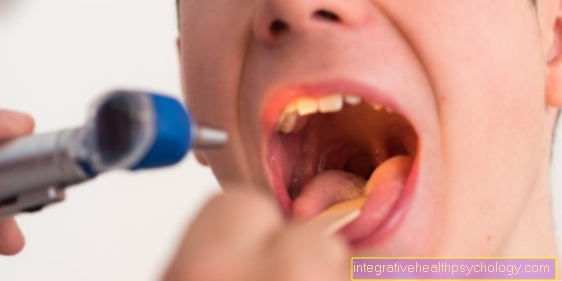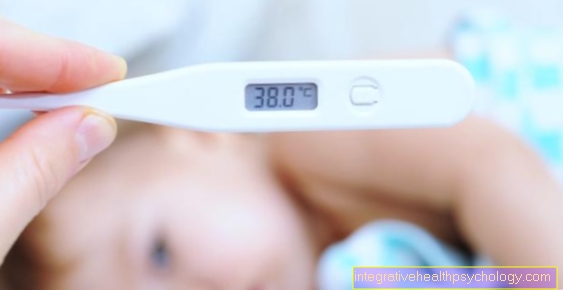Motor learning
introduction
Motor learning encompasses all processes of acquiring, maintaining and changing primarily motor but also sensory and cognitive structures.
The aim is to improve all movement coordination in sports motor skills, everyday and work motor skills. Walking, running, jumping, and throwing are motor skills that have become automated over the course of a person's development. Anyone who reaches for a glass to drink does not worry about how to coordinate their movement so that the hand reaches in the right position with adequate use of force.
However, like all other motor movements, such motor skills must first be learned, stabilized and automated.
All these movements, which are unconsciously controlled by different centers in the CNS (central nervous system), are called movement skills.

Motor learning and central nervous system
The origin of every movement lies in the CNS (central nervous system). Individual impulses are passed on to deeper centers of the nervous system in the form of action potentials. By switching in the spinal cord, the transmission takes place via the alpha motor neuron to the motor end plate. This initiates a muscle contraction. The improvement in physical activity is therefore due to change processes in the CNS.
In the cerebellum, movement templates are created that are used to coordinate body movements. The athlete is thus enabled to correct the movement while it is being performed and to reprogram possible evasive actions at an increased level of performance.
Exceptions are movements that are executed faster than 200ms. Since these movements run faster than the signals can be passed on in the CNS, control processes are no longer possible during the movement sequence.
Ontogenesis (motor development)
Ontogenesis deals with a functional network of physiological, neurophysiological, morphological, conditional, coordinative, psychomotor and motor processes in the lifelong development of humans.
Questions about motor development regarding the best learning age for special technique, tactics or conditioning training can be answered on the basis of ontogenesis.
You may also be interested in this topic: Movement education
Phases of motor development according to RÖTHIG
Motor inventory at birth
From a motor point of view, a newborn is a "deficient being" that first has to learn individual motor skills. The motor skills are limited to unconditional reflexes.
Development in the first year of life
The newborn's radius of action increases. Individual movements such as grasping, standing upright, etc. enable first contact with the environment.
Development in preschool age
The basic motor skills such as throwing, jumping, catching, etc. should be developed by the end of the age of 6. Sports training should be designed to develop coordinative skills.
Development between 7 and 9 years of age
In this phase of motor development there are first changes in shape of the limbs and changes in proportions. The motor skills become more efficient and mobility is increased.
Late childhood
This age is also known as the best learning age for developing coordination. In this phase, children learn particularly quickly, as the drive and the striving for achievement come from their own initiative. Better observation and perception skills enable rapid learning, not only with regard to motor skills. Parents, teachers and trainers should pay particular attention to this sensitive phase of motor development, as it is difficult to catch up on missed coordinative developments later on.
Early adolescence (11-15 years of age)
According to MEINEL / SCHNABEL, this phase is referred to as the restructuring of motor skills and abilities. There is a growth in length, which can have a negative effect on the development of movement coordination. The speed and strength are already developed to a certain extent at this age.
Late adolescence (13-18 years of age)
This phase, also called adolescence is characterized by pronounced social differentiation, progressive individualization and increasing stabilization. The motor skills become more variable and the expressiveness increases.
Adulthood
The movement becomes more economical and more functional. There is automation and precise control of movements.
With increasing age, there is often a decline in motor skills.
The three phases of motor learning
Motor learning can basically be divided into three phases:
- Rough coordination
- Fine coordination
- Fine coordination.
When all three phases of motor learning for a movement have been completed, a person can perform this movement automatically and without great concentration, even under difficult conditions.
Rough coordination phase
In this phase, the person must first cognitively deal with the movement. At least a rough idea of the execution of movement must be available. This mental pre-occupation with movement can be done using series of teaching pictures, videos, animations or demonstrations.
During the execution you cannot correct the movement yourself and feedback about the movement is only given by means of successful or unsuccessful.
Using the surcharge as an example: The athlete has an idea of the movement. The execution of the serve is characterized by a lack of dynamics in the part-body movements.
Corrections cannot be made due to the lack of movement sensation during movement. The priority of the feedback must therefore lie with the trainer. If technical errors in the movement creep in during this phase, it is very difficult to compensate for subsequent corrections.
Fine coordination phase
If the movement is repeated frequently, movement templates are created in the cerebellum.
These templates are used for the TARGET-ACTUAL comparison and enable the athlete to make corrections during movement. This stabilizes the movement and fulfills spatial, temporal and dynamic aspects.
The role of the trainer and exercise leader fades into the background with increasing skill level with regard to technical training.
Fine coordination phase
This phase is also called stabilization of the finest coordination or variable availability.
The coordination of the movement has reached a performance level at which all performance-relevant movement characteristics are optimally coordinated. The partial movements are coordinated with one another in terms of time, space and dynamics in such a way that technical errors are hardly noticeable from the outside.
Applied to the serve in tennis, this means that the execution can still be carried out with a high degree of safety and precision when external disturbances such as wind, sun or bad ball throw act.
Motor learning in sport
Motor learning, or movement learning, is of central importance in sport.
The term encompasses the optimization of movement sequences, for example to save energy, or to execute the movement faster, smoother and cleaner.
Motor learning takes place unconsciously and constantly, the learning process is linked to a targeted exercise process.
The prerequisites for successful motor learning in sport are:
- Intensive technique training
- Constant repetition of the motion sequences
- automation
- More complex application under difficult conditions
Motor learning in physiotherapy
Rehabilitation is particularly important in physiotherapy.
Everyday functions in patients must be restored. Often it is also a matter of correcting incorrect movements in order to prevent injuries and long-term functional restrictions.
Patients in physiotherapy must be instructed by a therapist, but success depends largely on repeated practice of the movement sequences. To enable successful motor learning in physiotherapy, it is crucial to maintain the patient's motivation. Various strategies, such as rewards, group therapies and the prevention of overexertion and excessive demands, are important measures for maintaining motivation and optimizing care.
What role does the cerebellum play in motor learning?
The cerebellum plays an important role in motor learning because it is where all of the body's information comes together. The cerebellum receives signals about the state of tension in the muscles and thus coordinates all movements.
It is jointly responsible for the learning of movements, the coordination of individual and multiple movements and movement sequences as well as for fine motor coordination in fine movements that require a high level of concentration.
What is psychomotor learning?
All human movements are called motor processes. These movements happen under the influence of various factors. These factors can be emotional reactions, concentration processes or individual characteristics of the respective person. If one considers the motor movements of humans from this point of view, one speaks of psychomotor skills.
Psychomotor learning is about experiencing the environment in interaction with movements and movement perception. Psychomotor learning is about movement training that places great value on the interaction between movements and the environment. The learners should learn and improve movements in natural surroundings so that a positive context is created.

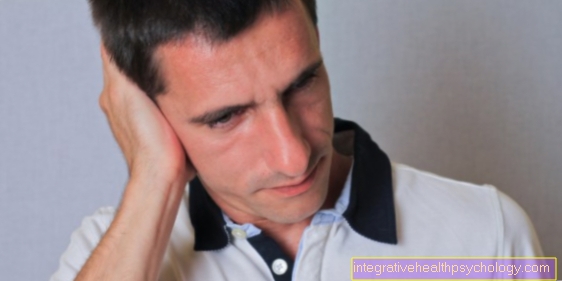

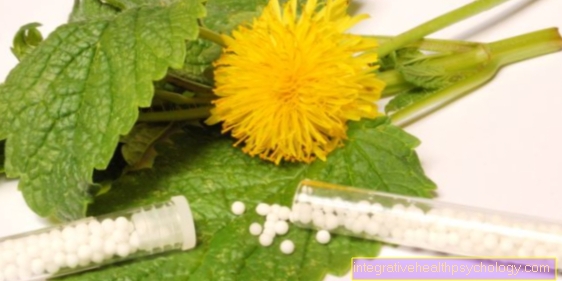






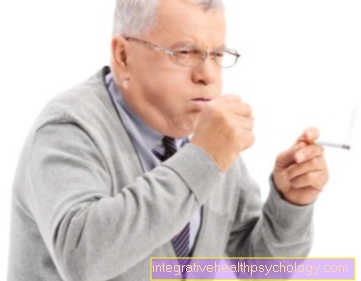


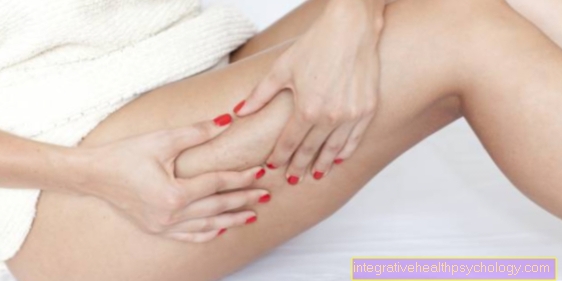
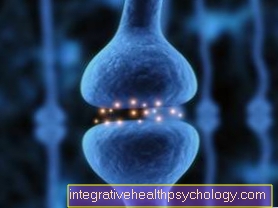

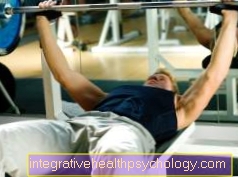
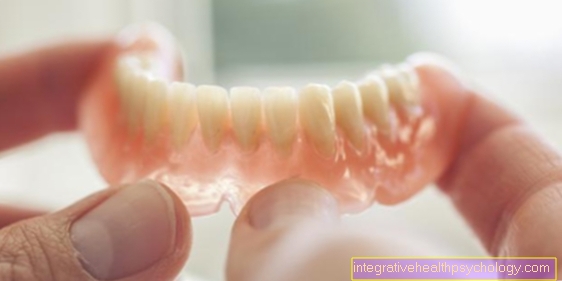
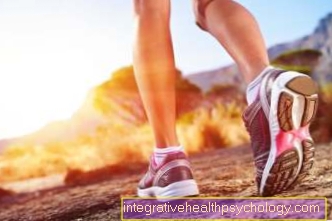
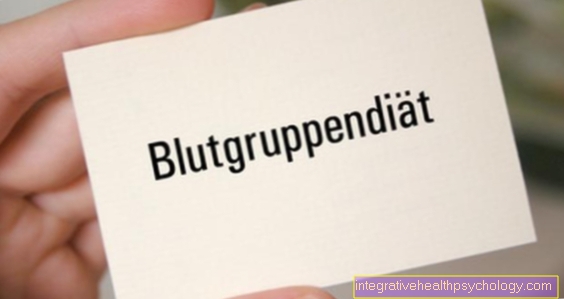
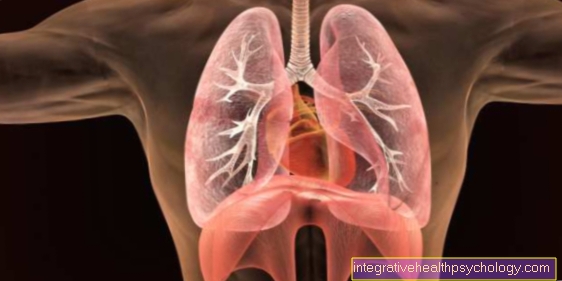
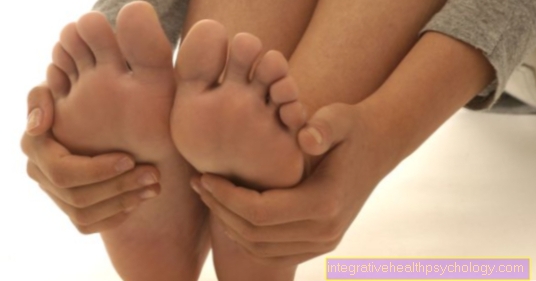
.jpg)
